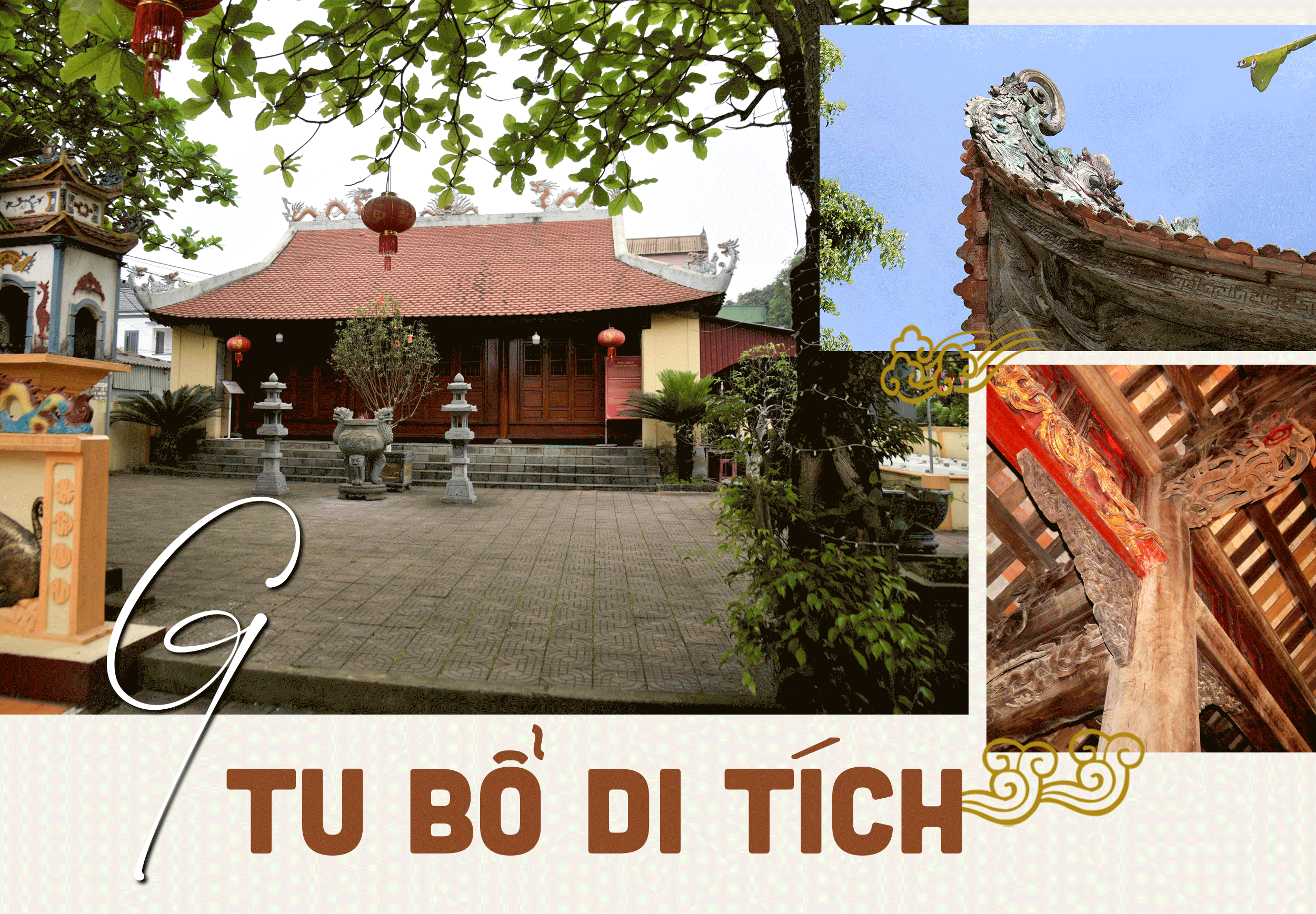

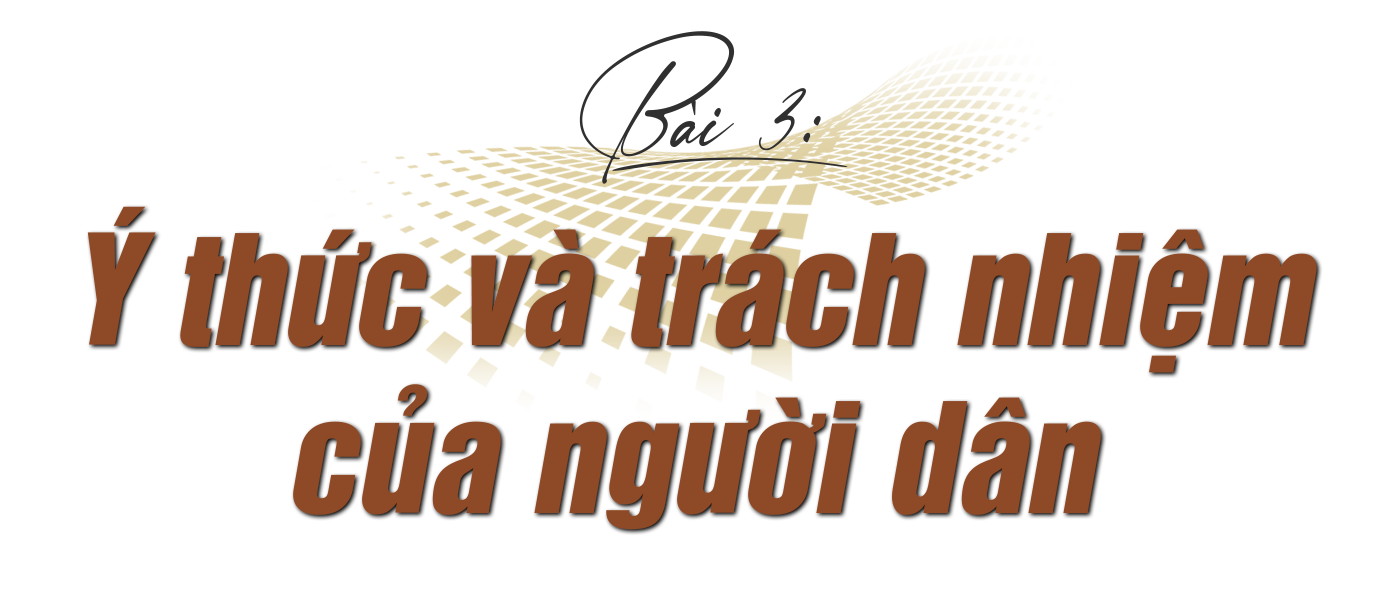


In Cua Lo town, Lang Hieu temple in Nghi Hai ward is a famous spiritual work of the people in the coastal area. The temple was built during the Le Trung Hung period to worship the local Thanh Hoang. In addition, the temple is also the place where the people of Cua Hoi coastal area choose to worship gods such as: Cao Son, Cao Cac, Duc Thanh Mau, Sat Hai Dai Vuong Hoang Ta Thon, and whale. Up to now, the temple still preserves 6 royal decrees, many ancient sacrificial objects and statues. After many historical events, especially during the war, Lang Hieu temple was quite damaged. In 2012, the government and people contributed their efforts to restore and embellish the temple on the old ground, including: Upper temple, Middle temple, Lower temple and auxiliary works. The restoration and embellishment process was carried out in accordance with the procedures and instructions of the Department of Culture, ensuring the preservation of historical and traditional values...
In 2015, Lang Hieu Temple was recognized by Nghe An Provincial People's Committee as a provincial historical relic. Since then, every year, the budget for activities of protection, supervision, renovation, repair, upgrading of auxiliary works in the temple grounds and other regular expenses have mostly been mobilized from socialized sources.
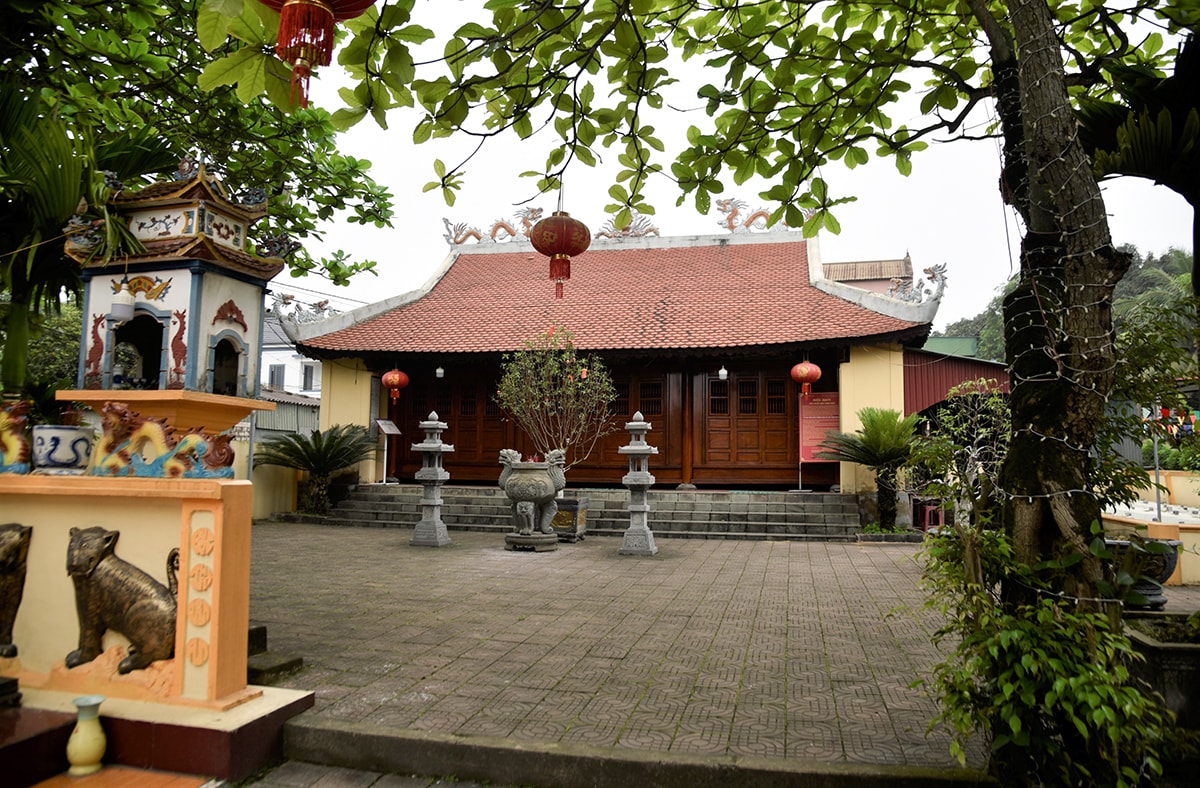
Mr. Hoang Thanh Son - Head of the Department of Culture - Information of Cua Lo town said: In Cua Lo town, there are 35 historical and cultural relics under decentralized management, of which 3 relics have been ranked at the national level including: Van Loc Temple, Mai Bang Temple, Hoang Van Family Temple and 8 relics have been ranked at the provincial level including: Lo Son Pagoda, Song Ngu Pagoda, Dien Nhat Temple, Yen Luong Temple, Bau Loi Temple, Lang Hieu Temple, Hoang The Family Temple, Phung Phuc Kieu Church. After many changes of time, many relics have been and are being degraded. Faced with that situation, in recent years, Cua Lo town has always paid attention to the restoration and embellishment of relics in the area and allocated an annual budget for this work. In the context of the State budget for relic restoration activities still facing many difficulties, the town always focuses on promoting socialization to mobilize resources from all walks of life for the restoration and embellishment of historical and cultural relics.
Thanks to the good work of propaganda and mobilization in many forms, at the same time, the publicity and transparency of contributions, with the supervision of the community, the socialization of restoration, embellishment and rehabilitation of relics in the town in recent years has received the active support of all classes of people, the attention and support of sectors, levels, social organizations and philanthropists. In the past 20 years, the fund mobilized from socialized sources is nearly 10 billion VND, invested in the restoration and embellishment of 14 relics in the town.
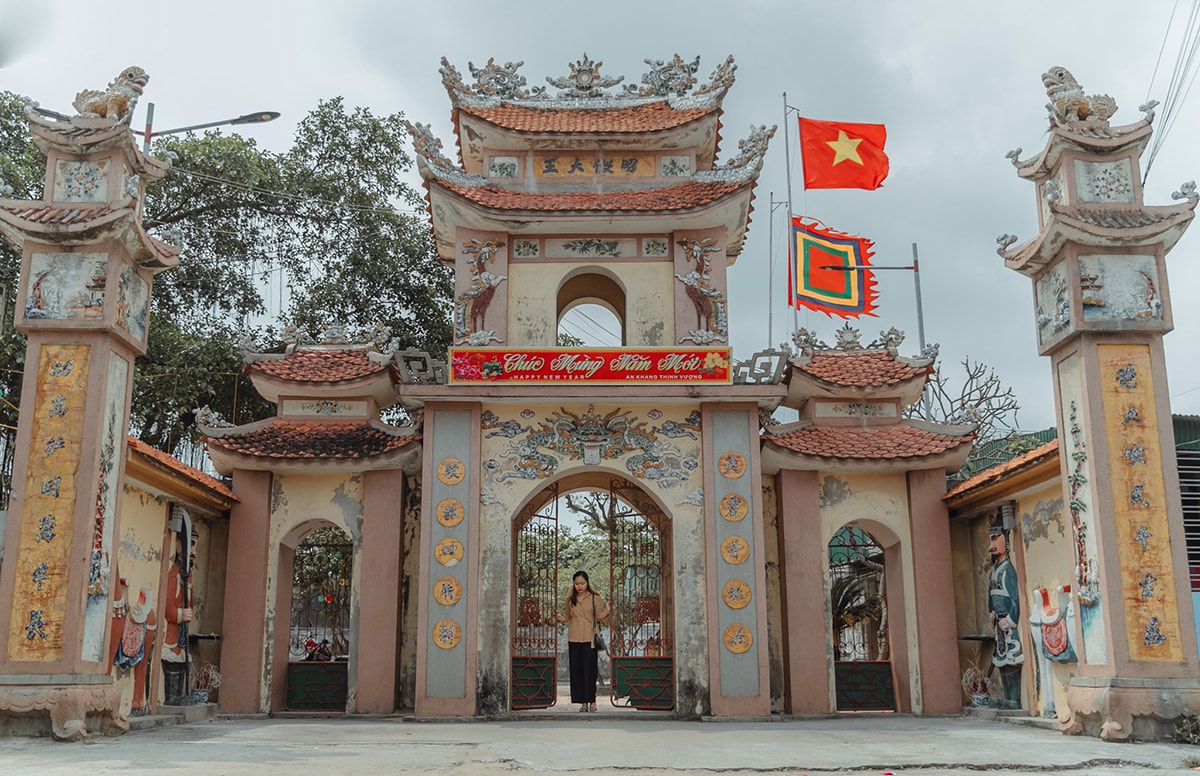
Located in Trung Chinh hamlet, Trung Phuc Cuong commune (Nam Dan), at the foot of Dong Son mountain, Giap Bao temple is one of the important spiritual works of the ancient Duong Lieu village residents. The temple worships Nghia Quan Cong Tong Tat Thang and the gods who have contributed to the homeland and the country. During the resistance war, Giap Bao temple used to be a refuge for local people. Behind the temple, on top of Dong Son was an important anti-aircraft position against the US of the local militia and guerrillas. After the war, the temple only had the foundation and some small items such as the kneeling elephant statue, the gold burning tower... Fulfilling the wish to renovate and embellish the temple to be worthy of the historical and cultural relic to show gratitude to the merits of the village's tutelary gods who have contributed to the people and the country, the people of Trung Chinh hamlet contributed their labor and money to rebuild and embellish Giap Bao temple.
Mr. Nguyen Van Dam (78 years old), who participated in the restoration of the temple, said: “When we started to rebuild the temple, people inside and outside the village enthusiastically supported us. The first restoration in 1996, on the vacant land, both the upper and lower shrines were built. Although the project was still rudimentary and not yet spacious, the local people were excited because the ancient temple had been revived. The second restoration in 2020, thanks to the solidarity of people in the countryside and children living far away, the campaign committee raised more than 220 million VND, rebuilt the upper and lower shrines, the temple yard... and purchased many new sacrificial objects. After the worship facility was restored, the worship rituals at the temple were also restored. Every year, on the 15th day of the first and sixth lunar months, the village holds a big ceremony.”
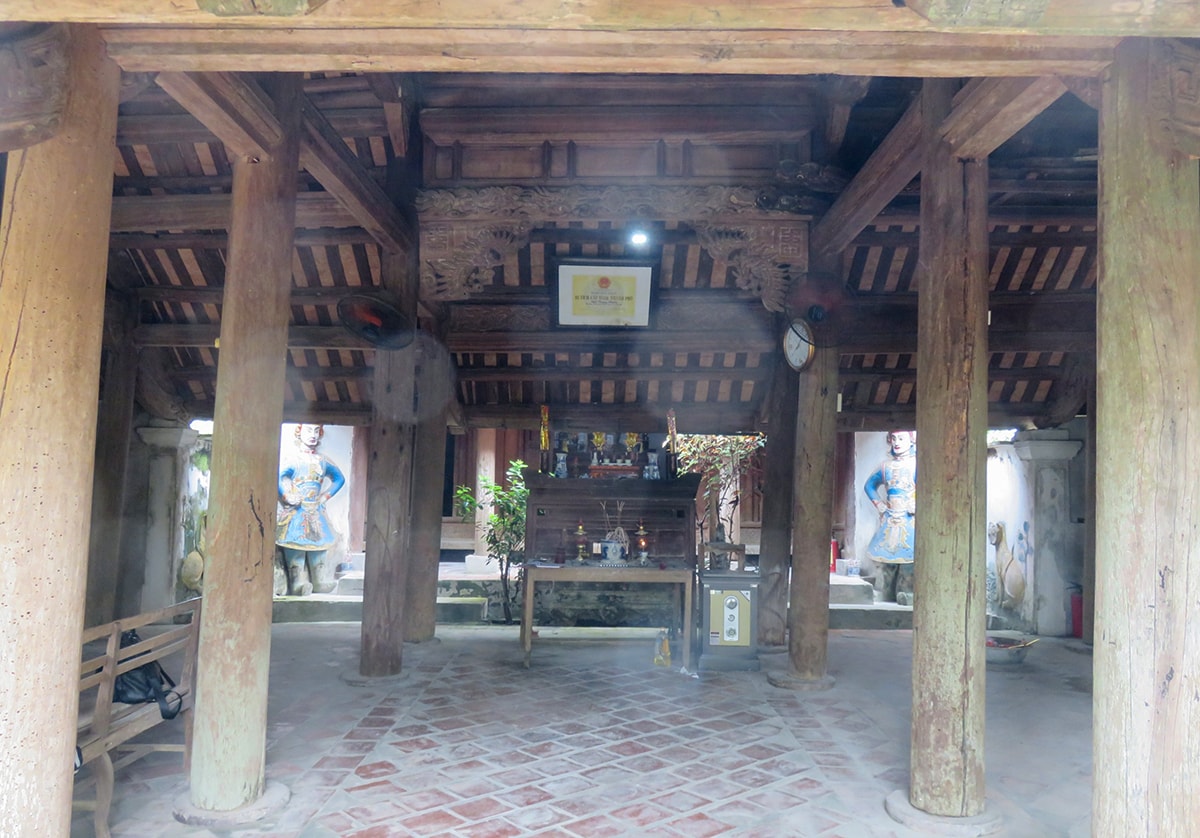
Mr. Nguyen Van Duong - Head of the Department of Culture - Information of Nam Dan district said: In Nam Dan district, there are 173 relics, of which 42 relics have been ranked (3 special national relics, 13 national relics and 26 provincial relics). From 2015 to now, with many different sources of capital, dozens of relics have been repaired, embellished and restored with a total cost of hundreds of billions of VND. In addition to the budget capital invested by the province and district, there is also socialized capital invested by the commune to repair relics such as Giap Bao temple (Trung Phuc Cuong commune), Lo Pagoda (Nam Kim commune), Nam Son temple (Van Dien commune), Trung Chinh temple (Nam Linh commune), Nguyen Khac Van church (Hong Long commune) ...


Over the years, the work of restoring and embellishing relics in the province has been carried out regularly and continuously. In addition to the State's investment capital, the remaining capital is mobilized from socialized sources and the people's contributions. With pride and respect for the cultural heritage of their ancestors, local communities in the province are increasingly interested in, participating in, contributing and supporting funds to restore and embellish relics.
According to the report of the Department of Culture and Sports, from 2015 to 2021, the total investment capital for the restoration, embellishment and prevention of relic degradation is 98.9 billion VND, of which the socialized capital is 67.25 billion VND (accounting for 75%). This source is used effectively for the restoration and embellishment of relics. Many relics are restored from 100% socialized capital, contributions of descendants, individuals and charitable groups such as: Cua Luy Pagoda (Anh Son), Yen Luong Temple, Mai Bang Temple, Dien Nhat Temple (Cua Lo town), King Mai Temple (Nam Dan district); Ta family temple (Dien Chau); Quy Linh Temple, Ho Phi Tich Temple, King Ho Temple, Thuong Temple (Quynh Luu); Qua Son Temple (Do Luong), Binh An Temple - Pagoda (Hoang Mai town)...
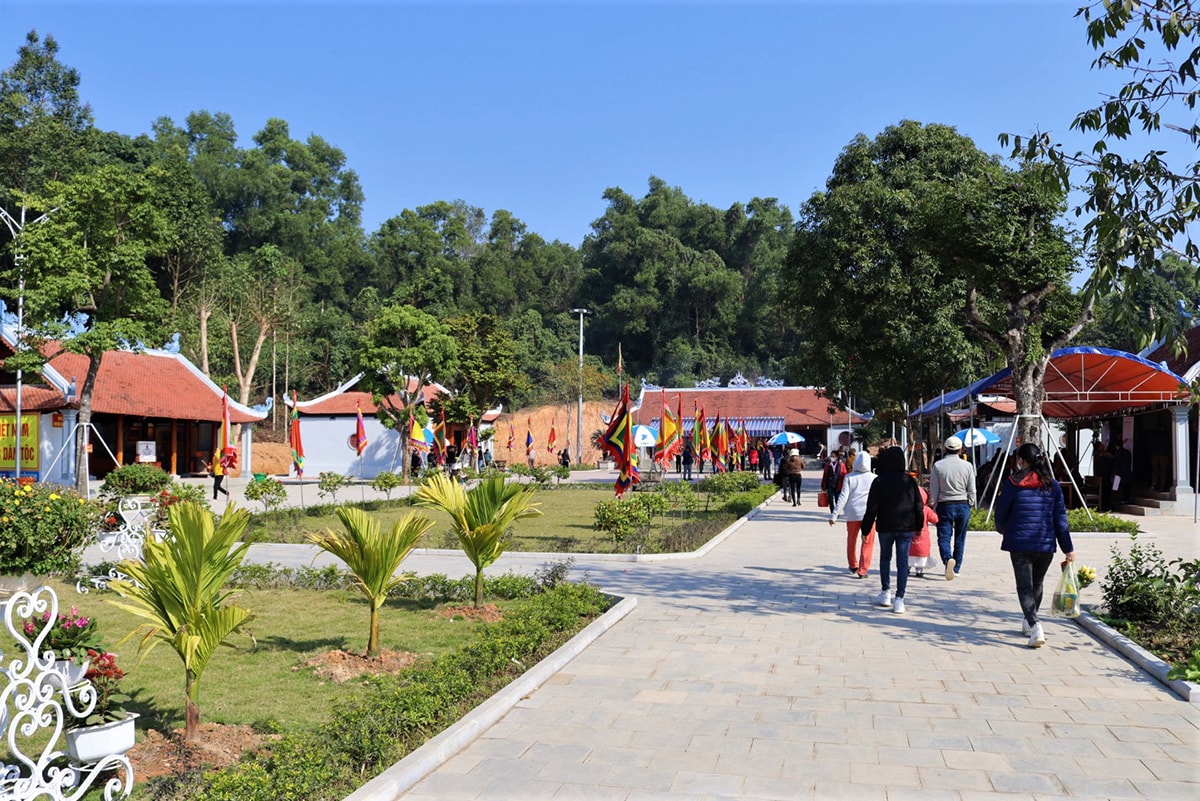
It can be seen that the socialization of restoration and renovation of historical relics is considered a key solution in mobilizing resources to restore and renovate relics. However, there are still difficulties and shortcomings surrounding this activity. “The current socialization of restoration and renovation of relics is mainly for relics with spiritual cultural elements such as temples and pagodas. Because these relics have a large number of tourists coming to visit every year, the source of support is large; many family relics, descendants have passed exams and become famous, so they support the construction a lot. Meanwhile, relics with less spiritual elements or revolutionary relics will have more difficulties in socialization. And in reality, in these relics, promoting the value of relics and mobilizing socialization in protecting, restoring and renovating relics have not achieved many results,” Ms. Phan Thi Anh - Head of Heritage Management Department (Department of Culture and Sports) shared.
On December 9, 2022, the Provincial People's Council issued Resolution No. 28/2022/NQ-HDND stipulating a number of policies to support the preservation and promotion of cultural heritage values in Nghe An province, including the content of funding support for the restoration and embellishment of ranked relics. Accordingly, national-level relics; revolutionary historical relics; memorial relics of famous people; relics of communal houses and temples; archaeological relics ranked at the provincial level are supported with no more than 5 billion VND/relic. Provincial-level relics under community ownership are supported with no more than 3 billion VND/relic. Relics under the property ownership of individuals, families, and clans (ancestral houses, family temples) are supported with no more than 1 billion VND/relic.

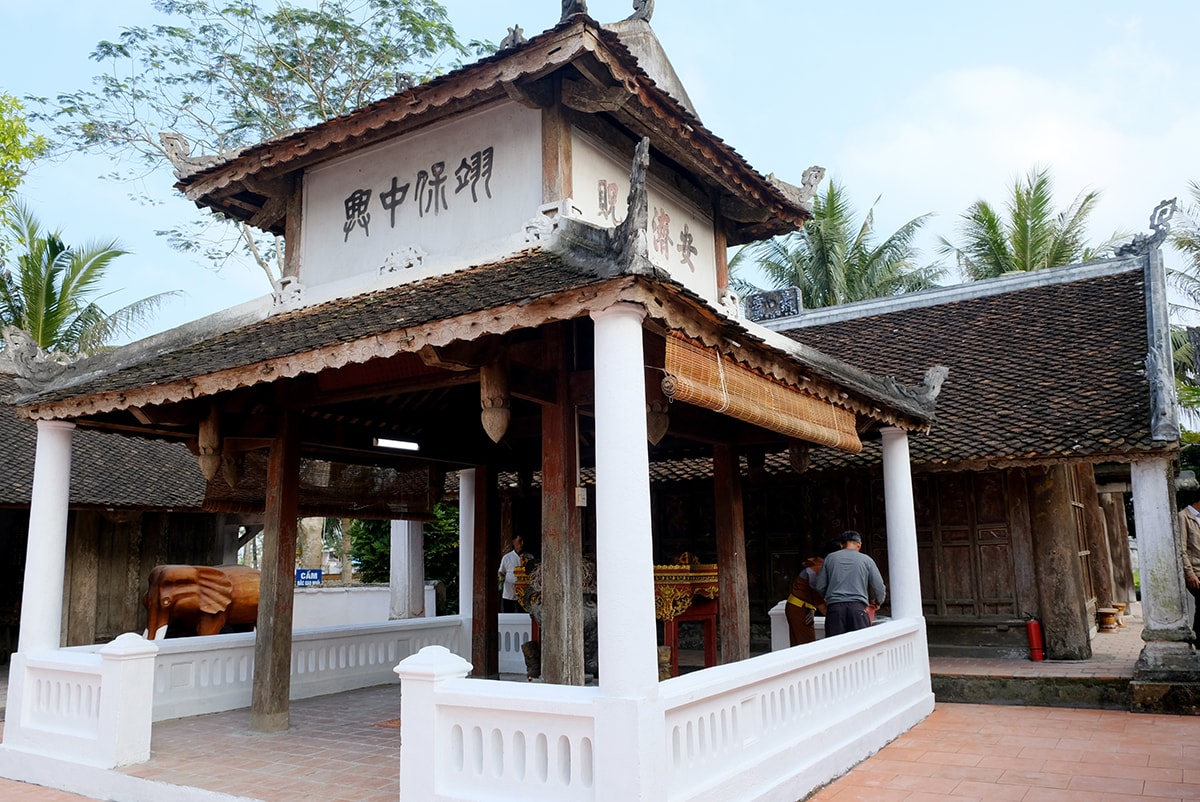
According to Mr. Bui Cong Vinh - Deputy Director of the Department of Culture and Sports, this resolution has shown the province's concern for the conservation and promotion of cultural heritage values. However, compared to the number and status of relics in the province, it is necessary for the whole community to join hands in contributing material and intellectual resources so that degraded heritages can be restored and embellished in a timely and synchronous manner, because relics are not only the property of the community and the nation, but first of all, they are the spiritual cultural assets of previous generations passed on to the next generation. When and where both the government and the people participate in the management and conservation of relics, and know how to exploit them properly and for the right purpose, then the relics will be preserved and their values will be promoted in the long term. Therefore, Party committees and local authorities need to mobilize the participation of the entire political system and all classes of people in the management, protection and promotion of relic values; Strengthen propaganda work, raise awareness of preserving and promoting cultural heritage in general, relics in particular, and encourage people to participate in preserving and promoting the value of cultural heritage./.
